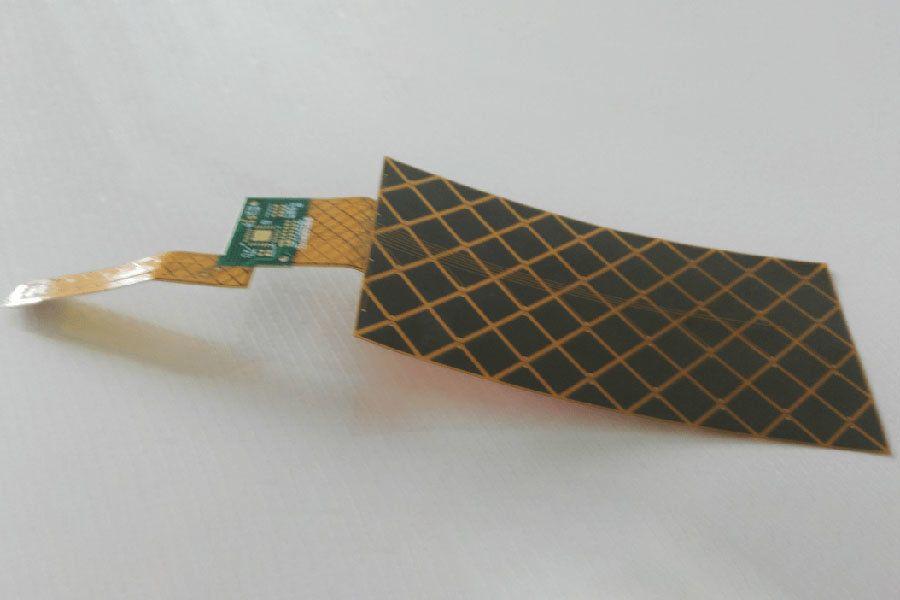
Flexible circuits
The Flexible circuits is light and thin electrical circuits targeted at applications that are mostly confined to small spaces and contoured shapes. Conductive strips of metal – usually copper – are encapsulated with an insulated dielectric material, typically polyimide or solder mask or a combination of both.
Polyimide is an excellent insulator that allows the circuit to bend and resist contamination and corrosion. Plus, it withstands high-temperature ranges so that flexible circuits using polyimide insulated dielectric material can effectively undergo high temp thermal profiles during assembly.
The flexible circuits is invaluable for a wide range of applications – none more so than the modern smartphone, where they provide a high level of pattern density together with interconnection folding capabilities. This enables efficient thin product designs that simply cannot be achieved with conventional rigid PCBs. But producing these ultra-thin, flexible, and delicate interconnects comes with many challenges. Extra care must be taken throughout the production process to ensure that the technology benefits that these circuits enable aren’t compromised by low yield and manufacturing inefficiencies that ultimately drive up the cost of end devices.
Leveraging highly efficient roll-to-roll processing with advanced laser drilling, AOI, and DI capabilities, complemented by flex-optimized software tools, flexible circuit suppliers are achieving newfound economies of scale and providing designers with the highly reliable, highly versatile flexible circuit they need to differentiate their products in a hotly competitive marketplace.




